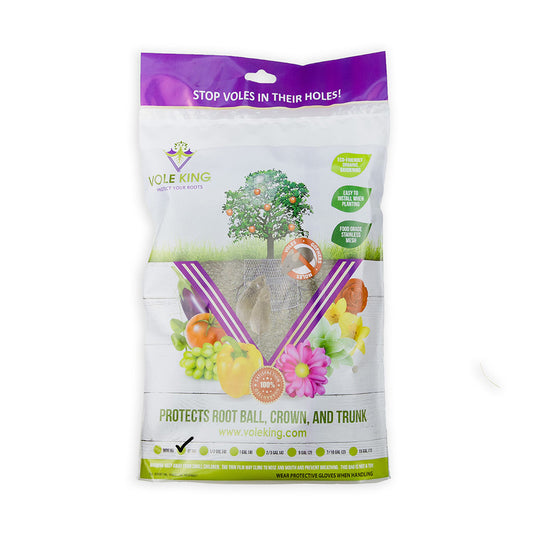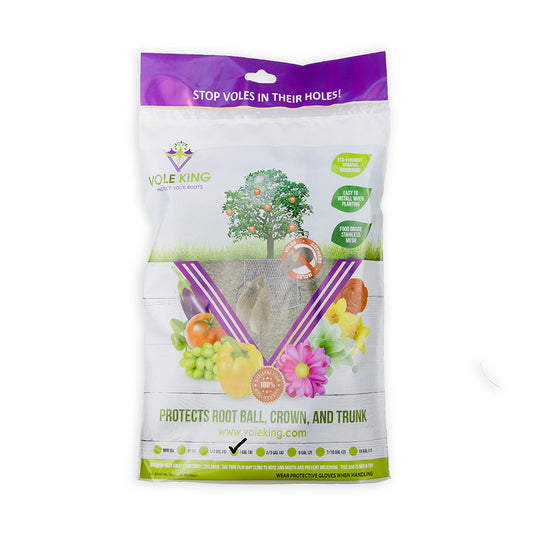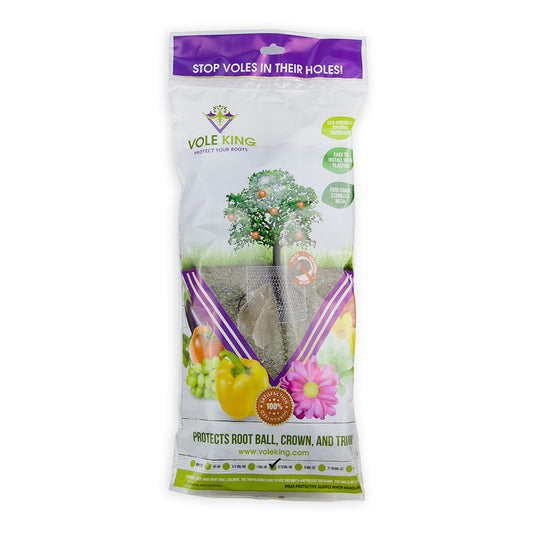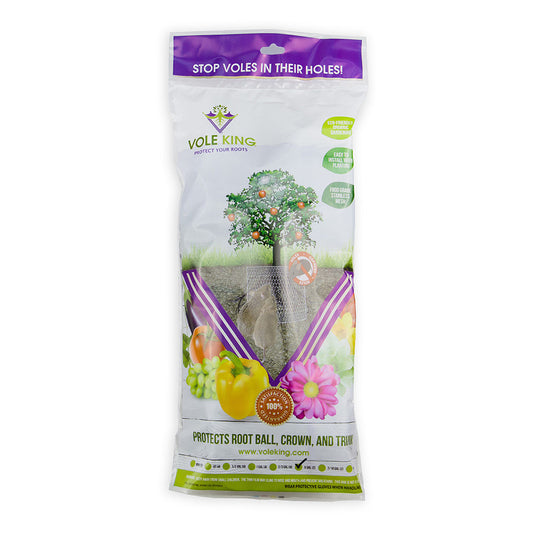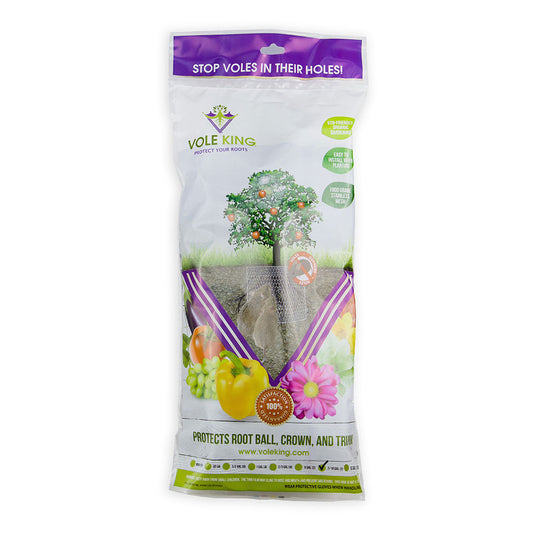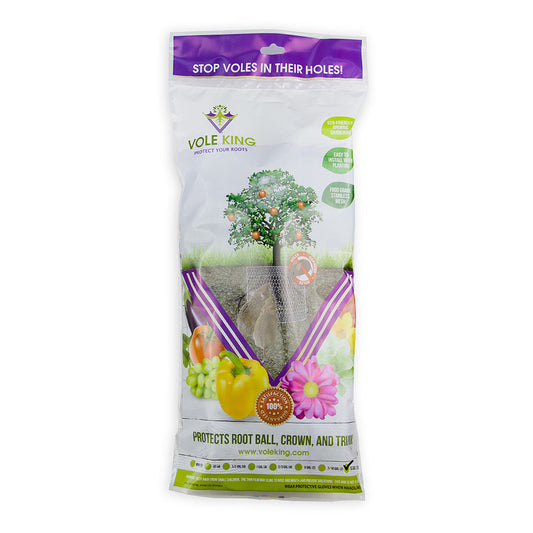
Dividing Perennials: A Step-by-Step Guide
Share
Hi friends, we’re so glad that you’re here for our October blog! We hope you are enjoying the beauty of the changing seasons as we welcome glorious Fall! What’s not to love, with the brilliant leaves, crisp cool air, and the perfect opportunity to refresh your garden beds. Dividing perennials in the fall is one of the best ways to ensure your plants stay healthy and vigorous. Whether you're looking to manage overgrown plants, propagate new ones, or simply rejuvenate your garden, fall division can be a game-changer. Read on for our step by step guide to success.
Why Divide Perennials in the Fall?
Optimal Growing Conditions: Fall provides cooler temperatures and ample moisture, which helps reduce transplant shock. The soil is still warm enough to encourage new root growth, while the cooler air temperatures minimize stress on the plants.
Spring Prep: Dividing perennials in the fall allows them to establish their roots before winter sets in. This means they'll be ready to burst forth with new growth in the spring, giving you a head start on the growing season.
Prevent Overcrowding: Over time, perennials can become overcrowded, leading to diminished blooms and overall health. Dividing them helps maintain their vigor and promotes better flowering.
When to Divide Perennials
The ideal time to divide perennials is typically 6-8 weeks before the first expected frost. This timing allows the plants to settle into their new positions before winter. However, be mindful of your local climate and adjust the timing accordingly. In warmer regions, the division process can often be done later into the fall.
Perennials That Benefit Most from Fall Division
- Daylilies (Hemerocallis): These are typically divided every 3-5 years to ensure they remain vigorous and produce abundant blooms.
- Hostas: Hostas can become quite large and benefit from division to manage their size and encourage fresh growth.
- Bearded Irises (Iris germanica): Irises should be divided every 2-3 years to prevent overcrowding and maintain blooming performance.
- Peonies: While peonies can be divided, they generally only need to be done every 5-10 years. Fall is an excellent time to do so, giving them a head start for the following spring.

